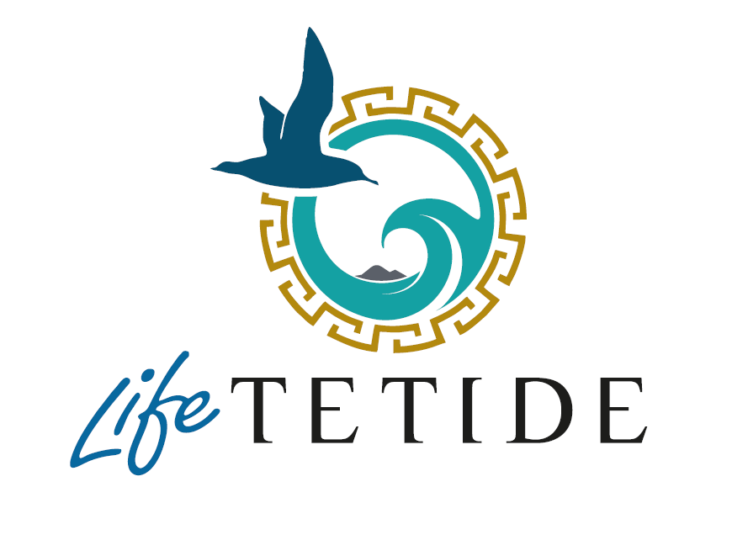
PROJECT LIFE TETIDE “Turning Eradication Targets Into Durable Effects”
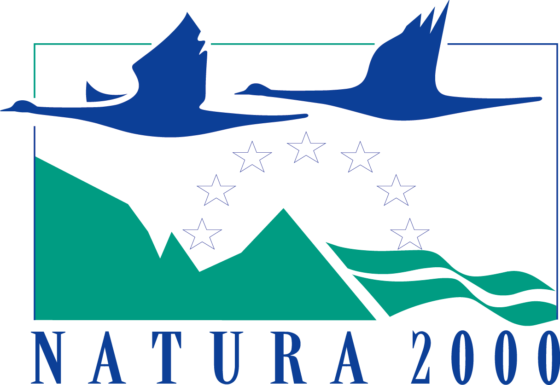
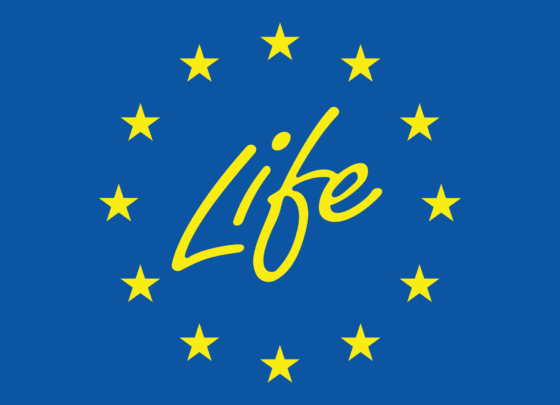
Total amount – 4.485.970,02 €
Duration – Start: 01/09/23 – End: 30/09/2028
Partners
Coordinator partner: Ente Parco Nazionale Arcipelago Toscano (PNAT)
Beneficiary partners: Istituto Superiore per la Protezione e la Ricerca Ambientale (ISPRA), Università di Firenze (UNIFI), Università di Palermo (UNIPA), NEMO Nature and Environment Management Operators Srl (NEMO), Regione Lazio (RL), Area Marina Protetta Capo Carbonara-Villasimius (AMPCC), Consorzio di Gestione Area Marina Protetta di Tavolara Punta Coda Cavallo (AMPT), Comune di Ventotene (Area Marina Protetta Riserva Naturale Isole di Ventotene e Santo Stefano RNV), Ente Nazionale della Cinofilia Italiana (ENCI), BirdLife Malta (BLM), Udruga BIOM (BIOM), Javna ustanova za upravljanje zaštićenim dijelovima prirode na području Splitsko-dalmatinske županije More i krš (MKrs)
Co-financers: Parco Nazionale del Gargano, Bitzer Familienstiftung, Environment and Resources Authority (ERA), Environmental Protection and Energy Efficiency Fund, Ured za udruge
Objective
Improve the conservation status of 3 seabird species and 7 habitats of EU interest on 26 islands in the Mediterrean Sea.
LIFE TETIDE focuses on the conservation of Mediterranean Islands (in Italy, Malta and Croatia), with a wide geographical range and a high catalytic potential, trough:
1) invasive Alien Species (IAS) Biosecurity, to prevent IAS (rodents and plants) arrival, efficient detection and rapid response for potential incursions, to maintain results achieved in this and previous projects;
2) upscaling experiences from previous LIFE projects through further interventions of IAS management and attraction of seabirds;
3) upscaling the involvement of island communities in active conservation efforts.
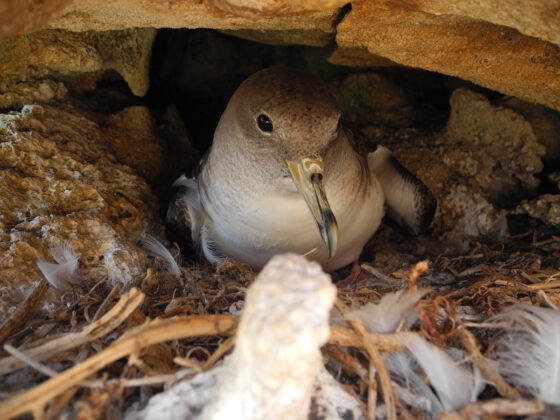
Main expected results
- Protection of rat-free colonies of Puffinus yelkouan and Hydrobates pelagicus melitensis (endemic Mediterranean seabirds) from rat invasion or reinvasion;
- protection of EU habitats, species and ecosystems through rat removal on Palmarola and small islands of Croatia and Malta;
- protection of the largest EU colony of Calonectris diomedea and of a population of Brachypterus megacephalus (first project on this Vulnerable and Annex II species) through innovative permanent rodent control on a sector of Linosa;
- improvement of conservation status of 10 EU habitats through the release from the pressure of invasive alien plants (mainly Opuntia stricta);
- establishment of new breeding sites of yelkouan and H. pelagicus on rat-free islands of Italy and Malta through attraction and nest boxes;
- increase support of island communities through community engagement in projects with relevant socio-economic benefits.
Activities aimed to replication and catalytic potential include the strengthening of networking between EU groups active in seabird conservation, drafting of shared (among beneficiaries and supporting organization of other EU MS) guidelines and protocols and of a Mediterranean islands rat-free strategy concerning the next phase of rat eradications and biosecurity.
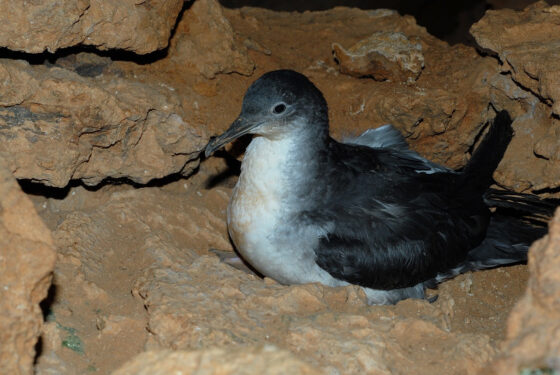
The actions foreseen in the WPs in LIFE TETIDE will be achieved in the following Mediterranean islands:
ITALY
- Tuscan Archipelago: Capraia (actions and biosecurity on plant IAS); Pianosa (biosecurity, artificial nests), Montecristo (biosecurity, artificial nests), Giannutri (biosecurity), Cerboli and Palmaiola (biosecurity, artificial nests).
- Pontine Islands: Palmarola (new attempt of rat eradication), harbour areas at Ponza (biosecurity), Zannone (biosecurity), Ventotene (biosecurity, artificial nests), Santo Stefano (biosecurity, artificial nests)
- Tavolara and surrounding islets (biosecurity, artificial nests)
- Capo Carbonara Islands (biosecurity, artificial nests)
- Linosa and Lampione (rat control)
CROATIA
- Lastovsko otočje (Lastovo Islands): a mix of biosecurity and optimizing rat eradication work
- Pučinski otoci (Pelagic Islands): Palagruža archipelago, Svetac (Sveti Andrija), Jabuka (rat eradication feasibility study)
MALTA
- Filfla u l-Gżejjer ta ‘ Madwarha (biosecurity)
- Rdumijiet ta’ Għawdex: Il-Ponta ta’ San Dimitri sal-Ponta ta’ Ħarrux (Rattus rattus eradication on Fungus Rock, biosecurity, artificial nests; waste management)
- Rdumijiet ta’ Għawdex: Ta’ Ċenċ (SPA) and L-inħawi ta’ Ta’ Ċenċ (SAC) (Biosecurity and attraction of H. pelagicus; SAC: actions on plant IAS)
- Rdumijiet ta’ Malta: Wied Moqbol sal-Ponta ta’ Bengħisa SPA (Rattus rattus control and artificial nests)







